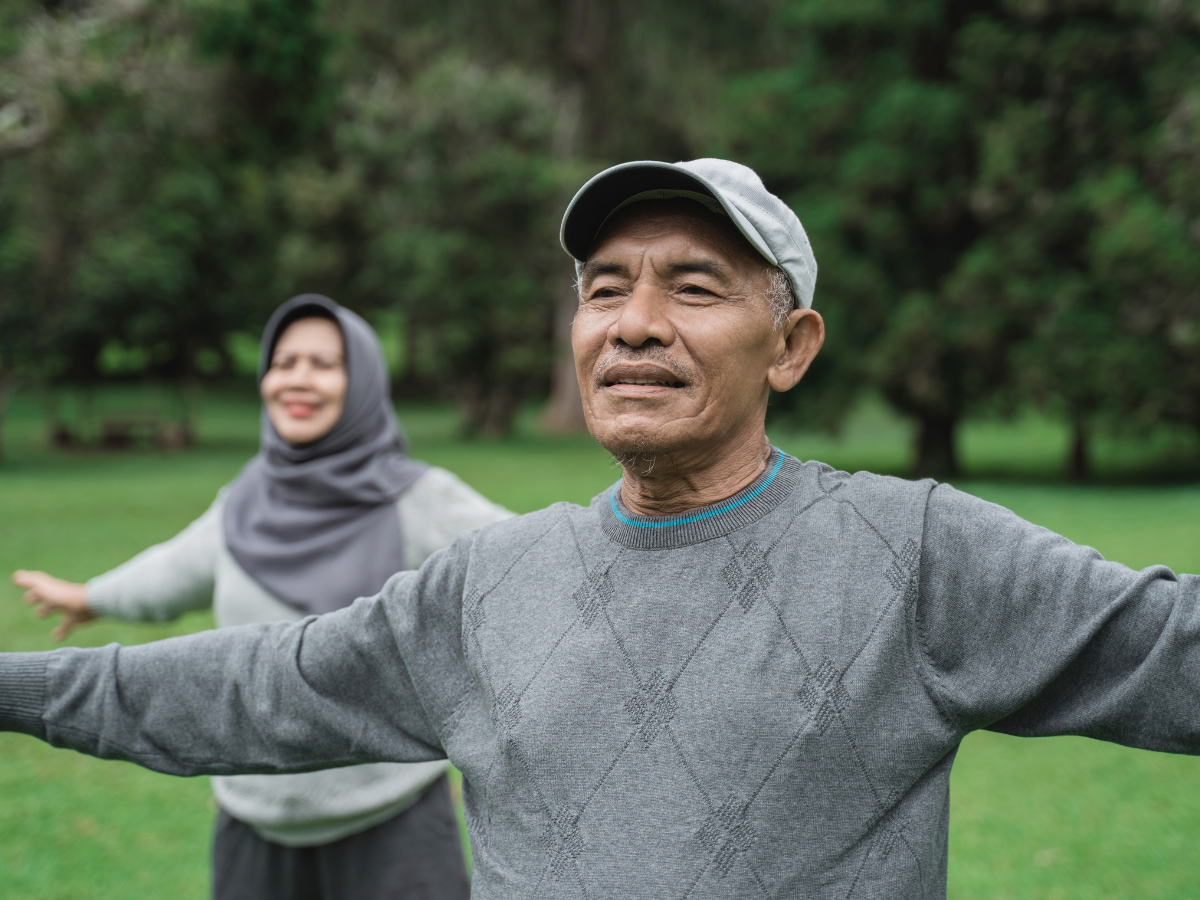Let’s dive deep into the causes and effects of falls to safeguard Singapore’s elderly population, who are most susceptible to these mishaps.
With high-rise living and busy urban areas being a fact of life in Singapore, the risk of falls in the elderly population, particularly those with existing health conditions, is a pressing concern. Keeping our seniors safe from falls isn’t just a matter of personal responsibility – it should be a collective effort that involves everyone in the community.
Did you know that falls are main cause of injury among seniors in Singapore? Every year, thousands are admitted to hospitals due to injuries from falls. But there’s more to falls than just the tumble. Understanding why they happen – as well as their ripple effects – can lead us to come up with better solutions for keeping our loved ones safe and sound.
Falls among seniors can also significantly impact their caregivers in various ways, such as having to deal with increased care needs. Following a fall, a senior may require intensive care, including assistance with mobility, daily activities and personal care – all of which increase the caregiver’s workload.
Why do falls happen?
Falls aren’t just the result of tripping over something or being careless. They often result from a mix of personal health issues and environmental hazards. As we age, changes in balance and mobility, having health issues like poor vision or Parkinson’s disease, and taking certain medications can make falls more likely. Outside the home, dangers like slippery floors, dim lighting, or even wearing the wrong type of shoes can also lead to a nasty fall.
Being familiar with these causes is key to prevention. For example, knowing that certain medications can cause dizziness means that individuals, their doctors and caregivers can work towards adjusting these medications in order to lessen the chances of falling.
The ripple effect of a fall
Beyond physical injuries like fractures or bruises, falls can also impact the seniors psychologically. The fear of falling again can be debilitating, leading some seniors to cut back on their social life and activities, which diminishes their quality of life. Falls can also add to an emotional burden to the caregivers, who often experience stress, anxiety and worry about the potential for future falls and the health consequences for the seniors.
The cost associated with medical care, rehabilitation, or home modifications to prevent future falls can also add to the financial burden on the caregivers, especially if they need to reduce work hours to provide care.

Who’s at risk?
Some seniors are more prone to falls than others, especially those with mobility or balance disabilities issues, have certain health conditions like poor vision or poor cognition and on certain medications which may predispose to falls. Also, let’s not forget environmental hazards like cluttered public spaces or uneven walkways that can also be the culprit.
Being proactive about falls prevention can make a huge difference. For our elderly community, regular exercises to boost strength and balance, timely eye care like cataract surgery, and ensuring living spaces are safe can all help to stave off falls.

Apart from home environment, improving public areas with better lighting, non-slip surfaces, and accessible pathways can also prevent these accidents. By raising awareness of falls risks, we can also encourage members of the public to be more mindful about how they dispose their trash, ensuring that it doesn’t become a safety hazard for our seniors.
By initiating discussions and enhancing awareness about the risks and prevention of falls, we can foster a community-wide support system. This collective effort will go a long way in minimising these risks, helping our seniors navigate their lives safely and with confidence.
